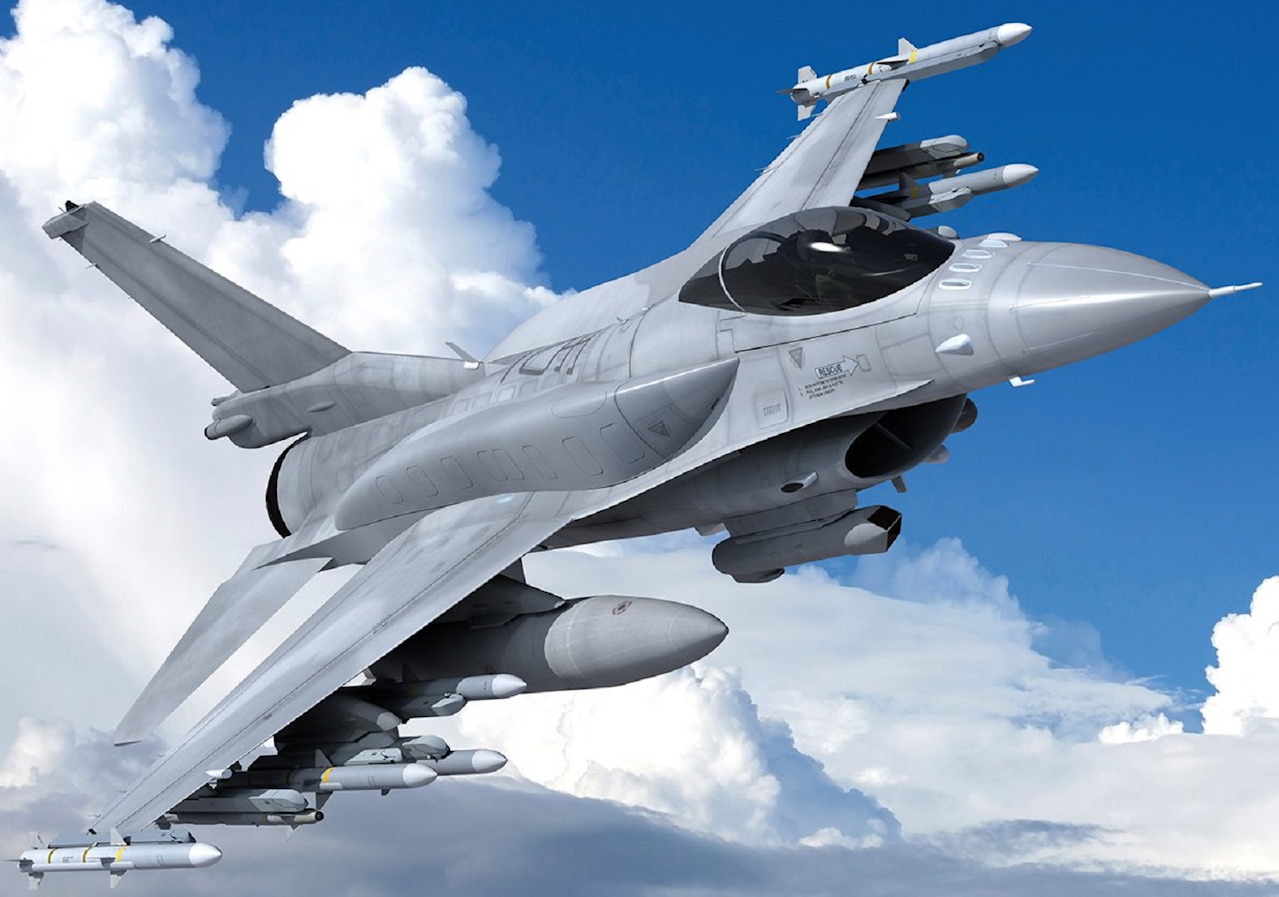TECH

AI algorithm takes advantage over American air force pilot
With a score of 5-0, Heron Systems' artificial intelligence (AI) achieved a clear victory in aerial combat against a real F-16 pilot in AlphaDogfight tests. It was organized by the Defense Advanced Research Projects Agency (DARPA). Before that, he defeated all other AI algorithms presented by other teams.
"This is a big step forward," commented DARPA commentator Justin Mock.
Over the course of three days, during which the competition lasted, several AI systems converged on the aerial combat simulator. They demonstrated their ability to control the F-16 fighter, as well as the destruction of a simulated enemy in the course of classic air combat. It is worth mentioning that 9 teams that participated in the competition presented their projects in less than a year since the program was announced in September 2019.
Artificial intelligence, developed by Heron's small team of AI specialists from Maryland and Virginia, outperformed 8 other teams, including one represented by the military-industrial corporation Lockheed Martin. The latter ranked second among AIs fighting each other.
According to representatives of the Heron team, even a week before the official competition, his AI algorithm was not completely ready and he really didn't even know how to properly control a virtual fighter. But directly in the competition, he showed himself in all his glory. In all battles, the virtual pilot used very aggressive tactics. He conducted masterful visits to the rear of the conditional enemy and inflicted precise blows on the enemy fighter. He even got lost to a real pilot in the United States Air Force. The pilot's name has not been released, but it is reported that he graduated from the Nellis Fighter Pilots Training Center, located in the state of Nevada. According to Justin Mock, the AI pilot demonstrated “superhuman precision aiming capabilities” in this battle.
In the foreseeable future, DARPA plans to deliver the simulator used in the competition to the Nellis Pilot Training Center, where other pilots can experience AI. The agency's next step will be to move on to test AI resources by conducting other types of air combat missions.
The main objective of the DARPA program is to create AI that can participate more actively in real air combat.
News of the day

No comments:
Post a Comment